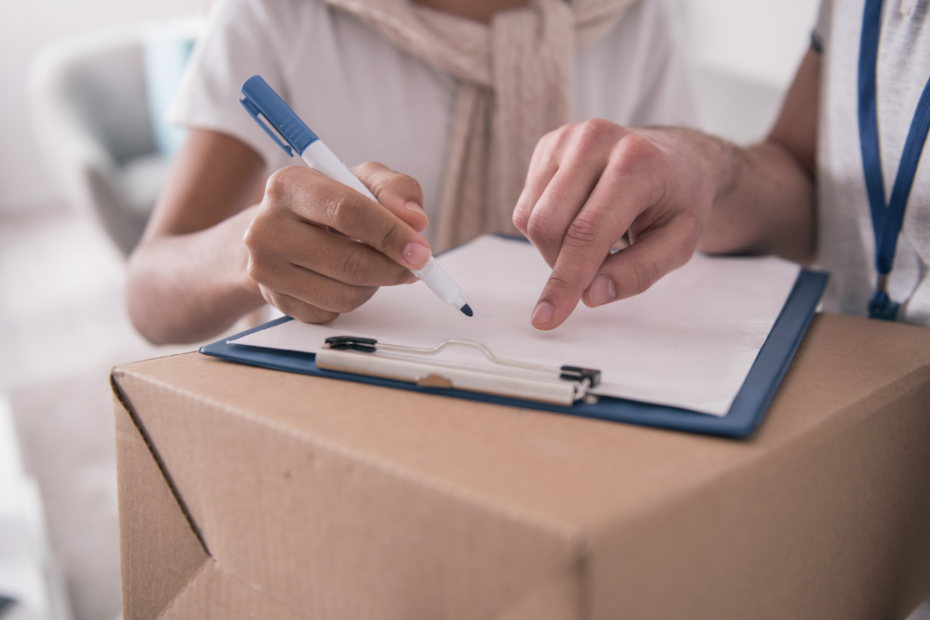When it comes to international trade, customs clearance is a pivotal step in ensuring the smooth flow of goods across borders. In Canada, understanding the intricacies of customs clearance is essential for both businesses and individuals engaged in importing. In this blog, we are giving you a complete guide to all the ins and outs of the customs clearance process in Canada.
The Importance of Customs Clearance
Customs clearance is the process through which imported goods are authorized to enter a country legally. It involves various procedures and regulations aimed at ensuring the security of the nation, accurate valuation of goods, and adherence to trade agreements. In Canada, the Canada Border Services Agency (CBSA) is responsible for overseeing customs clearance processes.
Key Steps in the Customs Clearance Process
1. Classification and Valuation
The Harmonized System (HS) code is used to classify goods based on their nature, composition, and intended use. Proper classification is crucial for determining applicable duties, taxes, and regulations. The value of goods is also assessed to determine the amount of duty and tax payable.
2. Documentation
Accurate and complete documentation is essential. Common documents include the commercial invoice, bill of lading, packing list, and any necessary permits or certificates.
3. Customs Entry
An electronic or in-person customs declaration must be submitted to the CBSA. This includes details about the goods, their value, origin, and intended use.
4. Duty and Tax Assessment
Based on the HS code and value, the CBSA calculates applicable duties, taxes, and fees. The goods’ country of origin may also influence preferential tariff rates due to trade agreements.
5. Payment:
Importers are required to pay duties and taxes before their goods are released. If you’re working with a broker, they have to pay a bond on the customer’s behalf so when the shipments are released the broker pays the bond at the end of each month. Various payment methods are available, including electronic funds transfer.
6. Inspection and Release
The CBSA may inspect the goods to verify their accuracy and compliance with regulations. Once the inspection is complete and all fees are paid, the goods are released for entry into Canada.
7. Clearance for Consumption
After the goods are released, they are considered cleared for consumption, and the importer can proceed with distributing or selling the goods within Canada.
Tips for a Smooth Customs Clearance Process
The best tip we can provide you for a successful customs clearance process is to leave it to the pros – At Ramsay Customs & Logistics we have years of knowledge and experience helping customers clear goods through customs to import into Canada. We aid in providing precise and complete information on all documentation for the import as well as staying up to date on all changes in customs regulations and trade agreements to ensure compliance for our customers.
Navigating customs clearance in Canada is a multifaceted process that requires attention to detail, compliance with regulations, and a clear understanding of import requirements. With the Ramsay team by your side, we can take the stress out of customs clearance so you have a successful experience importing into Canada! Ready to get started on the customs clearance process? Get in contact with one of our team members today – https://ramsaylogistics.com/contact-us/
